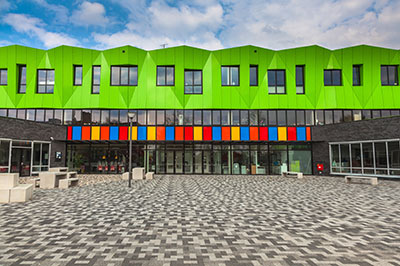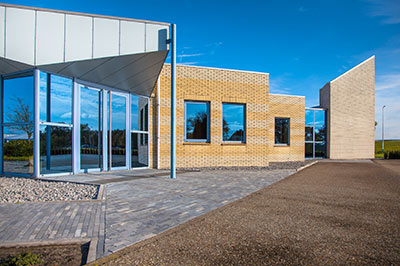United States Department of Homeland Security, Federal Emergency Management Agency. (2010). (FEMA P-424)
This manual is the updated version of the original FEMA 424 published in January 2004. The original manual was the first of a series of publications (FEMA 577 – Design Guide for Improving Hospital Safety in Earthquakes, Floods, and High Winds: Providing Protection to People and Building and FEMA 543 – Design Guide for Improving Critical Facility Safety from Flooding and High Winds,) to provide guidance for the protection of various types of structures from natural disasters. FEMA P-424 addresses the protection of schools and their occupants against natural hazards (earthquakes, floods, and high winds.) Its intended audience is design professionals and school officials involved in the technical and financial decisions of school construction, repair, and renovations.











